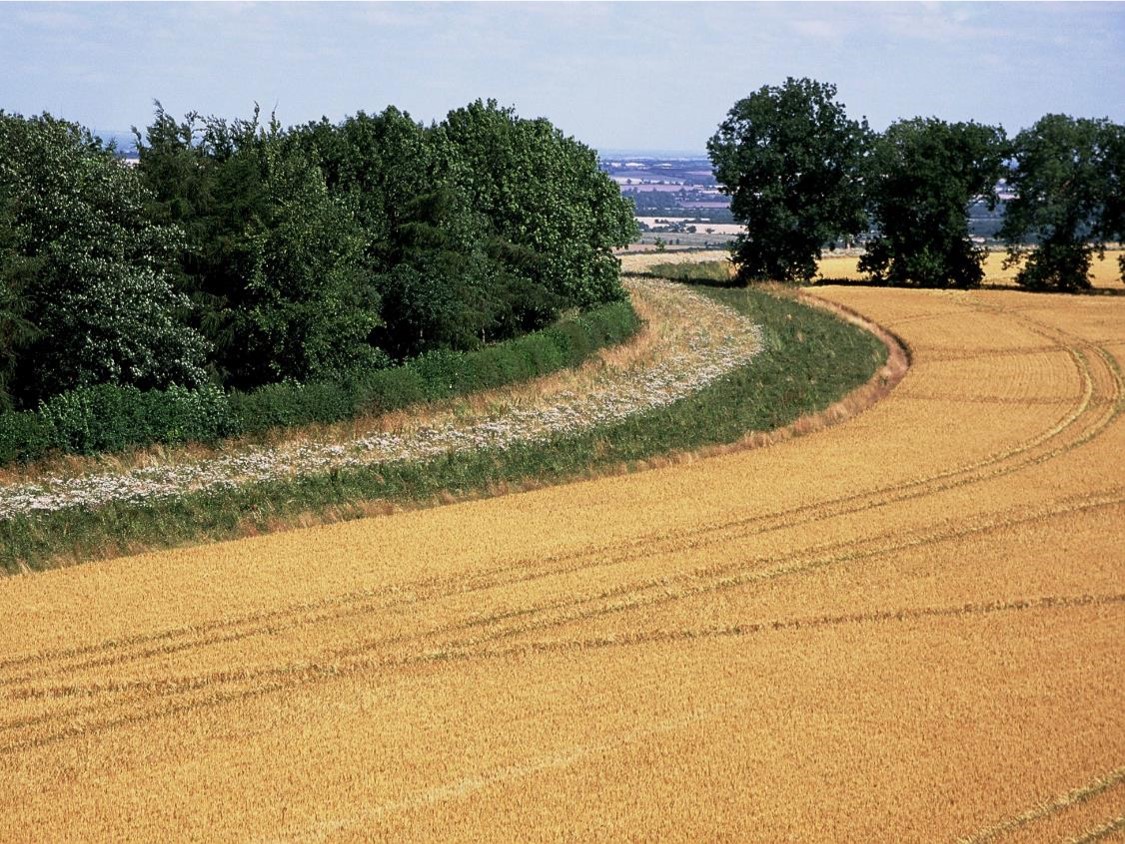The UK Centre for Ecology & Hydrology is offering farmers a FREE and confidential Farm Health Check.
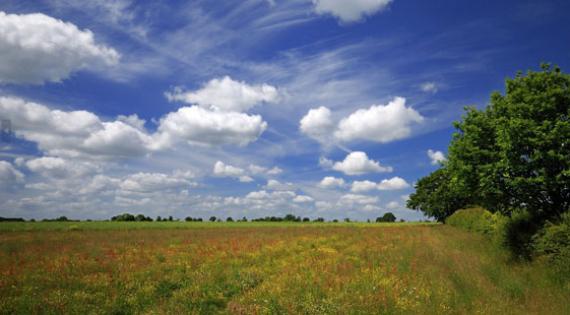
Why are we offering a free Farm Health Check?
UKCEH has been awarded funding from UK Research & Innovation to support the transition of UK agriculture to what we call ‘Net Zero+’. Key to achieving this will be to provide farmers with free access to accurate and impartial, environmental data on their farm. We will use this knowledge to work with farmers to develop new sustainable and low-carbon farming systems.
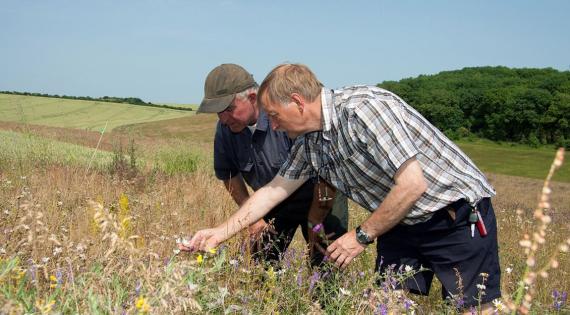
Sign up to help develop the Farm Health Check
Join our pilot scheme and help us develop the farm environmental health check.
By filling out this form, you are giving informed consent for us to use your data for the purpose of carrying out the Farm Health Check. Participation is voluntary, and you may withdraw at any time without giving a reason by contacting us at agzeroplus@ceh.ac.uk. If you choose to withdraw, we will stop using your data from that point forward. You can also request that previously collected data be deleted.
What are we offering?
1. Natural capital assessments
- Land cover and habitat maps – based on the latest 10m resolution (or 3m where available) satellite data.
- Habitat connectivity metrics – describing the ease of movement of wildlife between different areas based on how joined up habitats are.
- Crop mappings and cover crops – reporting spatial and temporal patterns of crops within the landscape.
- Soil insights – mapping soil type, susceptibility to drought and waterlogging, carbon stocks (estimated using soil texture, land use, and cropping history derived from satellite data).
- Ecological status - how good your farm is likely to be for wildlife, including mammals, birds, reptiles & amphibians, and insects, compared to the surrounding landscape.
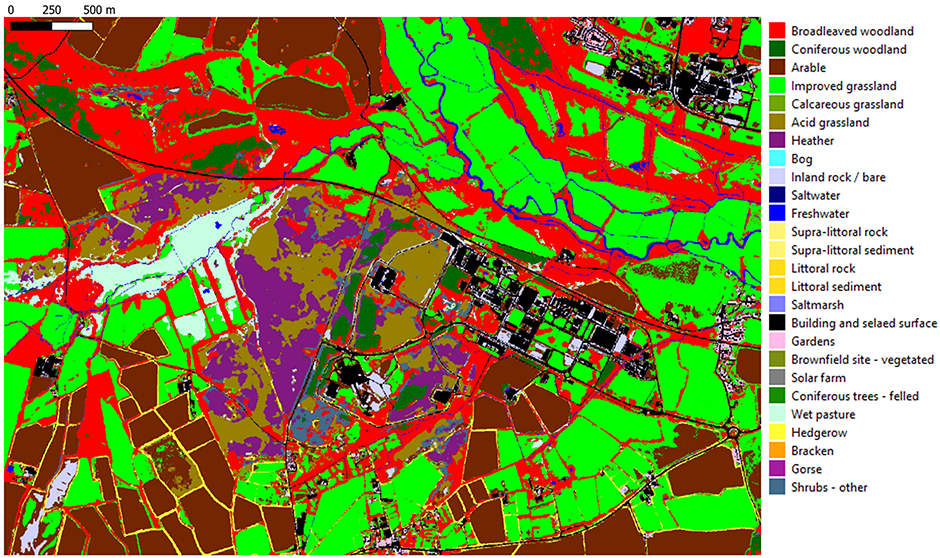
2. Impacts of farm operations
- Nitrogen use efficiency – calculated from fertiliser inputs and yield data.
- Pesticide risk – modelled using published toxicity of products, their timing of application, and their degradation rate. We measure the risks posed to soil biodiversity, pollinators and aquatics species.
- Coming soon - Greenhouse gas emissions – carbon dioxide, nitrous oxide, and methane estimated using fertiliser production, fertiliser application, and machinery use.
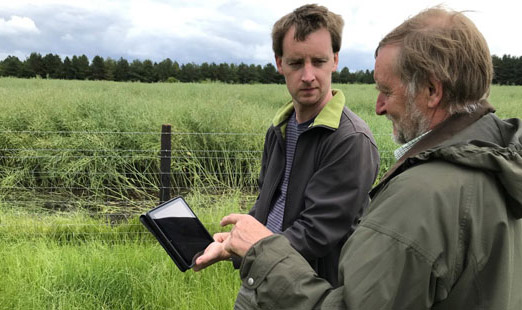
Environmental opportunity mapping
Once you know what you have on your farm, and how your farm operations translate into environmental effects, you can look at what you could do to mitigate the environmental impacts of your farming system.
We provide e-Planner, 5m-scale environmental opportunity mapping for every farm based on detailed data on soil type, topography, aspect, and landscape composition. The e-Planner maps suitable sites for woodland planting; pollinator and wild bird habitat creation; water resource protection and natural flood management.
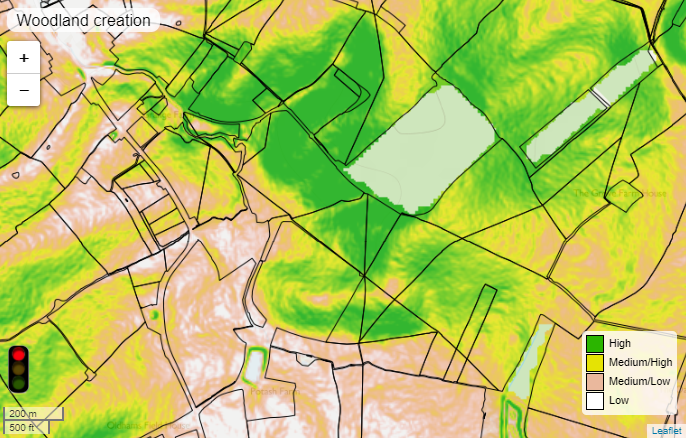
How to get involved
Natural capital assessments & Environmental opportunity mapping
For these parts of the Farm Health Check, we simply need your SBI number, which will be requested in the sign-up form (link above).
Impacts of farm operations
To assess the impacts of farm operations, we need some farm management data. You can share this with us via Gatekeeper by emailing some bespoke UKCEH reports. Please see the instructions below on how to do this.
Once we have completed your farm health check, we will return all the outputs to you as a html report.
We are developing similar data pipelines to other management software – Omnia and TELUS Farm Management (formerly Muddy Boots).
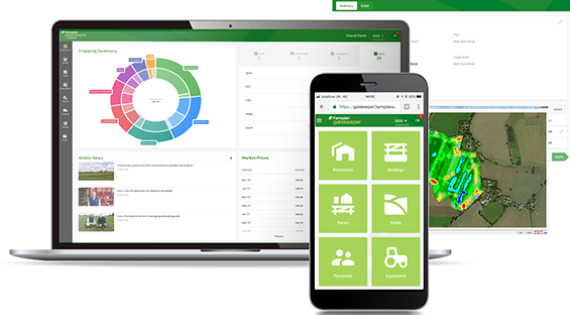
For Gatekeeper users
We have developed a series of three specialised reports, which you will be able to select from the reports window:
1. UKCEH Farm Health Check field list – contains data on each of the fields on the farm, such as field names, areas, crop type, target yields, yields etc. Also contains map sheet number and NG number needed to determine the location of a field.
2. UKCEH Farm Health Check field operations – contains data on field operations including seeds, fertiliser, herbicides, and machinery applied to/used on each of the fields.
3. UKCEH Farm Health Check fertilisers applied – contains further breakdown/detail on the fertilisers applied, including date and rate of application.
Please email the reports as .csv files to agzeroplus@ceh.ac.uk.
For detailed instructions, please refer to our Gatekeeper support Guide for users.
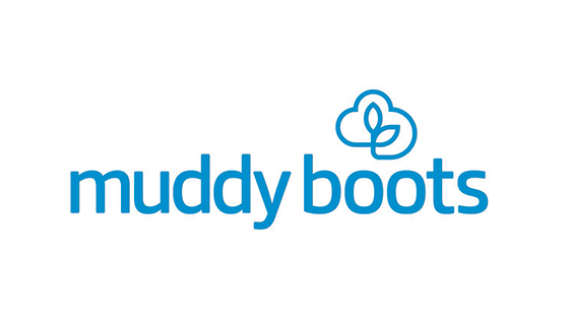
For TELUS Farm Management (formerly Muddy Boots) users
All you need to do is:
1. Login to your grower management greenlight account
2. Follow these instructions to share your site with us (use GraSki@ceh.ac.uk as the recipient)
Please make sure to set our role as ‘Standard’ so we have access to all the data we require. There are some additional settings in the ’Privacy’ tab on the ‘Site Settings’ page, where you can toggle sliders so we cannot see data on plans and financial information if you do not wish for us to see this.
Keeping your data safe and confidential
UKCEH fully comply with all current data protection regulations, and we ensure all personal data is kept securely. The data will not be shared with third parties. We also understand the commercial sensitivity of farm location and management data and will keep this information confidential. Any reporting from the project will present high level summary data, which will be anonymised. It will not be possible to identify individual farm enterprises. Full terms & conditions of data use are available via our privacy notice.
